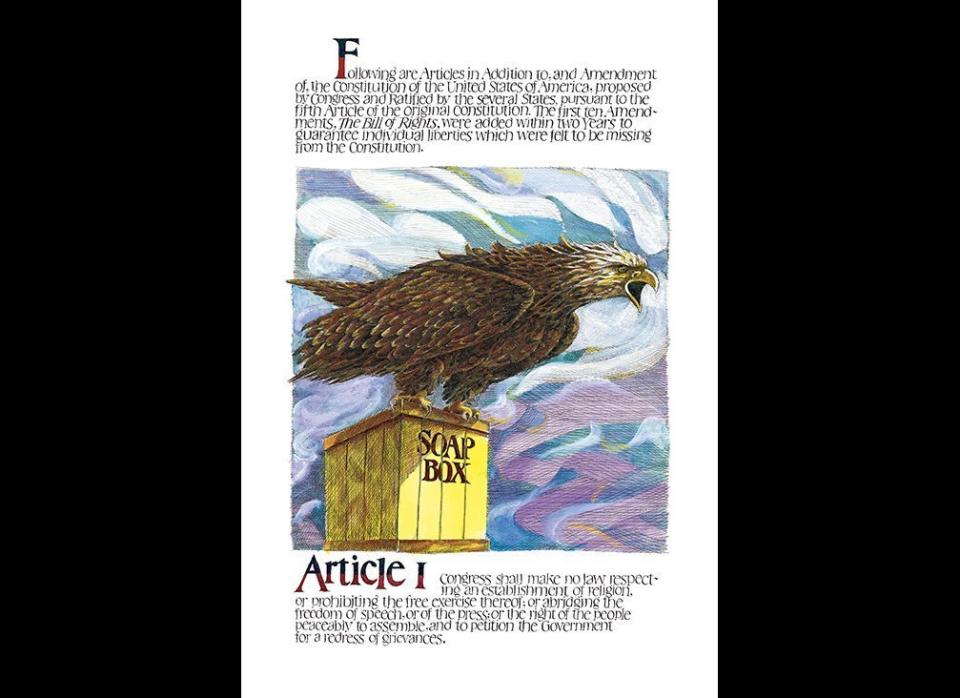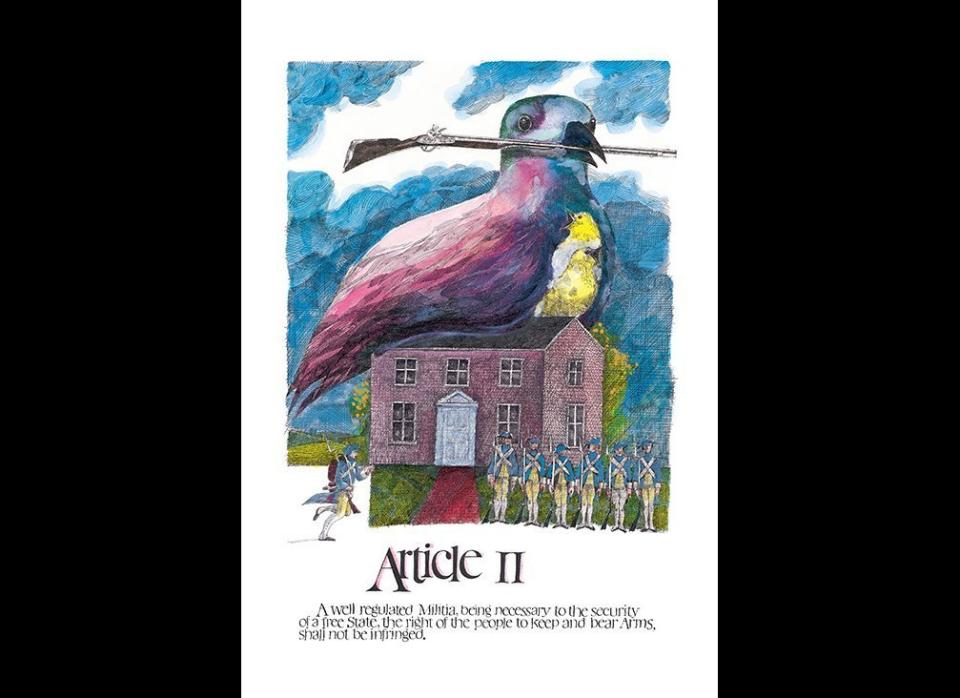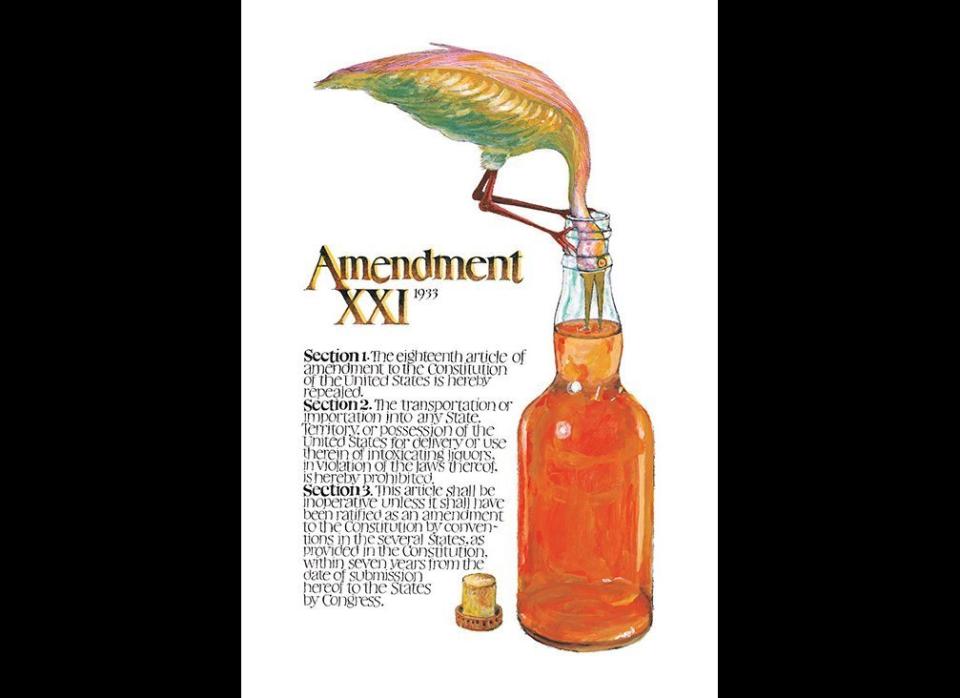Jim Acosta Schools Trump In The Constitution After His Weird 25th Amendment Rant
President Donald Trump’s latest tweet made an odd assertion about the Constitution.
Quoting Alan Dershowitz on Fox News, the Trump tweet suggested that invoking the 25th Amendment ― which has the procedures for the removal and replacement of the president ― is unconstitutional ... despite actually being in the Constitution:
Trump Tweeted:
“Trying to use the 25th Amendment to try and circumvent the Election is a despicable act of unconstitutional power grabbing...which happens in third world countries. You have to obey the law. This is an attack on our system & Constitution.” Alan Dershowitz. @TuckerCarlson
— Donald J. Trump (@realDonaldTrump) February 15, 2019
But CNN’s Jim Acosta replied with a civics lesson:
Fact check: The 25th Amendment is a part of the Constitution of the United States of America. https://t.co/h0tfRR2l9d https://t.co/mIKPbRSXRW
— Jim Acosta (@Acosta) February 15, 2019
Dershowitz and Trump were both responding to former acting FBI Director Andrew McCabe saying on Thursday that Justice Department officials discussed whether Vice President Mike Pence and enough members of the Cabinet supported Trump’s removal via the Constitutional procedure.
Dershowitz argued the amendment is about a president being incapacitated via a stroke or an attempted assassination and called using it in any other way “a despicable act of unconstitutional power grabbing.”
But the 25th Amendment doesn’t detail any such limitations; it simply lays out the process for enacting it, as well as a process for a president to dispute it.
Others were also quick to point it out:
The 25th Amendment is literally part of the Constitution.
— Renato Mariotti (@renato_mariotti) February 15, 2019
Your right sir just because it is in the constitution does not make it constitutional !!! Wow
— Walter(Owen's Grandp (@walterowensgrpa) February 15, 2019
If something is in the Constitution, can it be unconstitutional?
Asking for a friend. 🤔— Rogue NASA (@RogueNASA) February 15, 2019
It’s also worth mentioning that the 25th Amendment is literally part of the Constitution. So it’s beyond ridiculous and crazy for Trump and his supporters to say that it’s unconstitutional to contemplate invoking a Constitutional amendment .
— Eugene Gu, MD (@eugenegu) February 15, 2019
The admendments are part of the constitution, 1st, 2nd and 25th alike. So the exercise of the 25th amendment is the opposite of unconstitutional.
— Walter Shaub (@waltshaub) February 15, 2019
Walt, he’s still struggling with the first one. Long way to go.
— Adam Steinbaugh (@adamsteinbaugh) February 15, 2019
The Constitution is unconstitutional!
— Helen Kennedy (@HelenKennedy) February 15, 2019
You worried about your own cabinet voting that you're mentally unfit for office?
— William LeGate (@williamlegate) February 15, 2019
Hahaha dumb on so many levels. The 25th amendments powers are literally in the constitution, 3rd world countries don’t HAVE our constitution, & to NOT use the 25th for a criminal prez would be a dereliction of duties. This 25th exists for THIS EXACT situation
— Alex Hirsch (@_AlexHirsch) February 15, 2019
Also on HuffPost
Love HuffPost? Become a founding member of HuffPost Plus today.
The Backbone

Article II, Section I

Ratification

1st Amendment

2nd Amendment

19th Amendment

18th Amendment

This article originally appeared on HuffPost.

